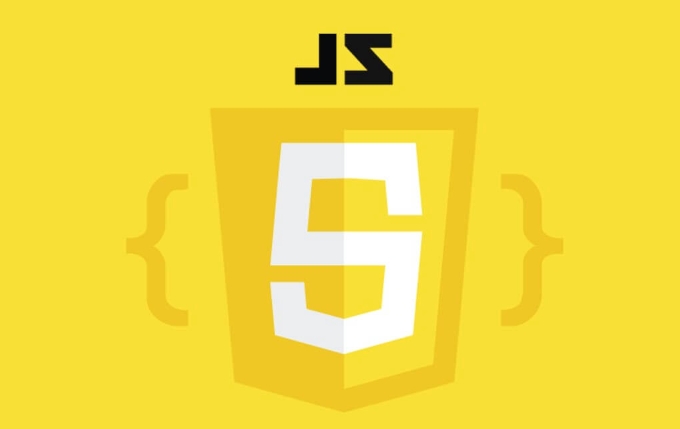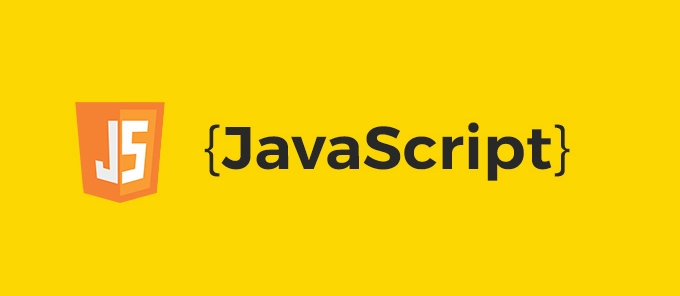To efficiently manipulate the DOM and handle events in JavaScript, use querySelector and querySelectorAll for selecting elements due to their flexibility with CSS selectors. Use textContent for safe text insertion and innerHTML when HTML parsing is necessary. Handle events using addEventListener for better flexibility, employing event delegation for dynamically added elements. Prefer class manipulation via classList over inline styles for maintainable styling changes, and use element.style.propertyName for direct style settings when needed.

When you're working with JavaScript and the DOM, knowing how to efficiently manipulate elements and handle events is key. Here's a practical roundup of common techniques and best practices for getting things done without unnecessary complexity.

Selecting Elements: Use What Fits
Selecting the right element is the first step in manipulating the DOM. querySelector and querySelectorAll are versatile and widely used because they accept CSS selectors:

-
document.querySelector('.my-class')returns the first match. -
document.querySelectorAll('div > p')gives you a NodeList of all matching elements.
For simpler cases, older methods like getElementById or getElementsByClassName still work fine, but they’re less flexible than query selectors.
If you need an HTMLCollection that updates automatically when the DOM changes, stick with getElementsByTagName. Otherwise, prefer querySelectorAll for static results.

Modifying Content: Know the Difference Between Text and HTML
Once you've selected an element, you’ll often want to change its content. Two main properties do this:
-
textContent: Safely inserts text. It doesn't parse HTML, so it’s faster and more secure. -
innerHTML: Parses strings as HTML. Use it when you need to insert markup, but be cautious — it can open up XSS vulnerabilities if not sanitized.
const box = document.querySelector('#message');
box.textContent = 'Hello <strong>there</strong>'; // Shows raw tags
box.innerHTML = 'Hello <strong>there</strong>'; // Renders bold textAlso useful:
insertAdjacentHTML()for inserting HTML at specific positions relative to an element (like beforebegin, afterend).textContent.trim()to avoid leading/trailing whitespace issues.
Handling Events: Don’t Attach Inline
Avoid inline event handlers like onclick="doSomething()" in your HTML. Instead, use addEventListener for better separation of concerns and flexibility:
document.querySelector('button').addEventListener('click', function() {
alert('Clicked!');
});Some handy tips:
- You can attach multiple listeners to the same element and event type.
- Use optional
{ once: true }to auto-remove the listener after one trigger. - For dynamically added elements, consider event delegation by listening on a parent and checking the target.
Example of event delegation:
document.querySelector('#parent').addEventListener('click', function(e) {
if (e.target.matches('.dynamic-item')) {
console.log('Item clicked:', e.target);
}
});Manipulating Styles and Classes: Prefer Class Changes Over Inline Styles
Directly setting styles via JavaScript works, but it's usually cleaner and easier to maintain if you toggle classes instead:
element.classList.add('highlight');
element.classList.remove('hidden');
element.classList.toggle('active');Useful for:
- Animations triggered by class changes.
- Conditional styling based on state.
If you must set styles directly, use element.style.propertyName (camelCase), not hyphenated names:
element.style.backgroundColor = '#f0f0f0';
Remember that inline styles override CSS rules, which can make debugging harder later.
That covers the most commonly used JS techniques for DOM manipulation and event handling. These patterns will get you through most interactive tasks without needing extra libraries. There's more depth to each topic, but this should give you solid ground to build from.
The above is the detailed content of The ultimate JS roundup for DOM manipulation and events. For more information, please follow other related articles on the PHP Chinese website!

Hot AI Tools

Undress AI Tool
Undress images for free

Undresser.AI Undress
AI-powered app for creating realistic nude photos

AI Clothes Remover
Online AI tool for removing clothes from photos.

Clothoff.io
AI clothes remover

Video Face Swap
Swap faces in any video effortlessly with our completely free AI face swap tool!

Hot Article

Hot Tools

Notepad++7.3.1
Easy-to-use and free code editor

SublimeText3 Chinese version
Chinese version, very easy to use

Zend Studio 13.0.1
Powerful PHP integrated development environment

Dreamweaver CS6
Visual web development tools

SublimeText3 Mac version
God-level code editing software (SublimeText3)

Hot Topics
 Which Comment Symbols to Use in JavaScript: A Clear Explanation
Jun 12, 2025 am 10:27 AM
Which Comment Symbols to Use in JavaScript: A Clear Explanation
Jun 12, 2025 am 10:27 AM
In JavaScript, choosing a single-line comment (//) or a multi-line comment (//) depends on the purpose and project requirements of the comment: 1. Use single-line comments for quick and inline interpretation; 2. Use multi-line comments for detailed documentation; 3. Maintain the consistency of the comment style; 4. Avoid over-annotation; 5. Ensure that the comments are updated synchronously with the code. Choosing the right annotation style can help improve the readability and maintainability of your code.
 Java vs. JavaScript: Clearing Up the Confusion
Jun 20, 2025 am 12:27 AM
Java vs. JavaScript: Clearing Up the Confusion
Jun 20, 2025 am 12:27 AM
Java and JavaScript are different programming languages, each suitable for different application scenarios. Java is used for large enterprise and mobile application development, while JavaScript is mainly used for web page development.
 Mastering JavaScript Comments: A Comprehensive Guide
Jun 14, 2025 am 12:11 AM
Mastering JavaScript Comments: A Comprehensive Guide
Jun 14, 2025 am 12:11 AM
CommentsarecrucialinJavaScriptformaintainingclarityandfosteringcollaboration.1)Theyhelpindebugging,onboarding,andunderstandingcodeevolution.2)Usesingle-linecommentsforquickexplanationsandmulti-linecommentsfordetaileddescriptions.3)Bestpracticesinclud
 Javascript Comments: short explanation
Jun 19, 2025 am 12:40 AM
Javascript Comments: short explanation
Jun 19, 2025 am 12:40 AM
JavaScriptcommentsareessentialformaintaining,reading,andguidingcodeexecution.1)Single-linecommentsareusedforquickexplanations.2)Multi-linecommentsexplaincomplexlogicorprovidedetaileddocumentation.3)Inlinecommentsclarifyspecificpartsofcode.Bestpractic
 JavaScript Data Types: A Deep Dive
Jun 13, 2025 am 12:10 AM
JavaScript Data Types: A Deep Dive
Jun 13, 2025 am 12:10 AM
JavaScripthasseveralprimitivedatatypes:Number,String,Boolean,Undefined,Null,Symbol,andBigInt,andnon-primitivetypeslikeObjectandArray.Understandingtheseiscrucialforwritingefficient,bug-freecode:1)Numberusesa64-bitformat,leadingtofloating-pointissuesli
 JavaScript vs. Java: A Comprehensive Comparison for Developers
Jun 20, 2025 am 12:21 AM
JavaScript vs. Java: A Comprehensive Comparison for Developers
Jun 20, 2025 am 12:21 AM
JavaScriptispreferredforwebdevelopment,whileJavaisbetterforlarge-scalebackendsystemsandAndroidapps.1)JavaScriptexcelsincreatinginteractivewebexperienceswithitsdynamicnatureandDOMmanipulation.2)Javaoffersstrongtypingandobject-orientedfeatures,idealfor
 How to work with dates and times in js?
Jul 01, 2025 am 01:27 AM
How to work with dates and times in js?
Jul 01, 2025 am 01:27 AM
The following points should be noted when processing dates and time in JavaScript: 1. There are many ways to create Date objects. It is recommended to use ISO format strings to ensure compatibility; 2. Get and set time information can be obtained and set methods, and note that the month starts from 0; 3. Manually formatting dates requires strings, and third-party libraries can also be used; 4. It is recommended to use libraries that support time zones, such as Luxon. Mastering these key points can effectively avoid common mistakes.
 JavaScript: Exploring Data Types for Efficient Coding
Jun 20, 2025 am 12:46 AM
JavaScript: Exploring Data Types for Efficient Coding
Jun 20, 2025 am 12:46 AM
JavaScripthassevenfundamentaldatatypes:number,string,boolean,undefined,null,object,andsymbol.1)Numbersuseadouble-precisionformat,usefulforwidevaluerangesbutbecautiouswithfloating-pointarithmetic.2)Stringsareimmutable,useefficientconcatenationmethodsf






